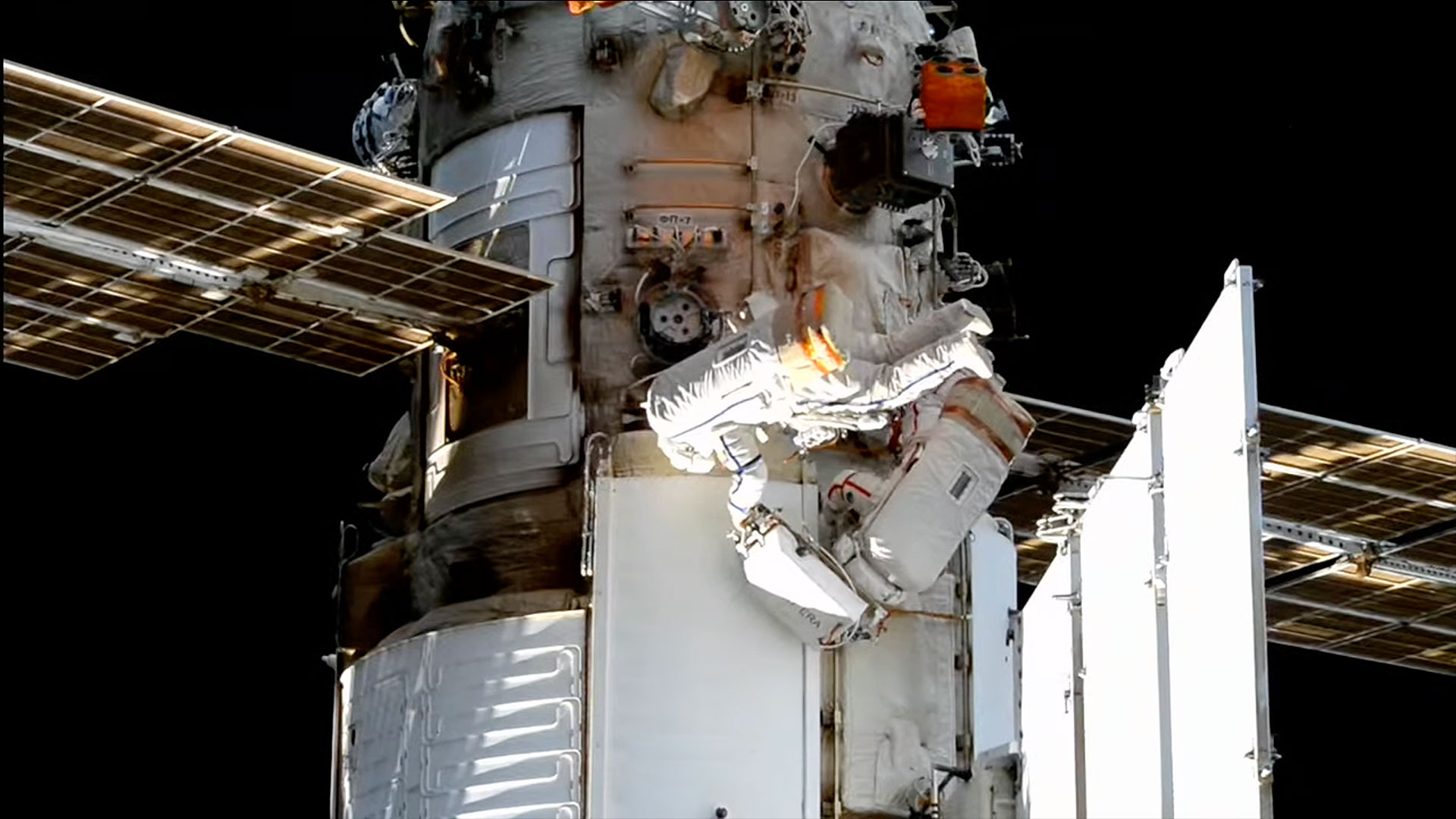Apollo-Soyuz: How the First Joint Space Mission Worked (Infographic)

After the end of the Vietnam War in 1975, the tense relationship between the United States and the Soviet Union was begining to improve. America’s moon landing program was over, and the Apollo spacecraft was due to be retired to make way for the space shuttle program. A joint U.S./Soviet space mission, first proposed in the 1960s, was now diplomatically possible.
The final Apollo spacecraft to fly was commanded by Tom Stafford, a space veteran who flew the lunar module on Apollo 10 as a rehearsal for the landing. Deke Slayton, an astronaut who had been grounded in 1962 for an abnormal heart rhythm, had served as chief astronaut on the Apollo program. At 51, he was the oldest person to fly in space up to that time. Rookie astronaut Vance Brand would go on to command three space shuttle flights. Soviet cosmonaut Alexei Leonov was world famous as humanity’s first spacewalker. His co-pilot, Valeri Kubasov, had flown before, on Soyuz 6.
After a successful Soyuz 19 launch, a Saturn 1B rocket lifts Apollo into orbit. After a series of maneuvers, the Apollo and Soyuz dock and the two crews celebrate their historic meeting. Soyuz 19 landed on July 21; Apollo remained in orbit until July 24.
Soyuz 19 was launched at 8:20 a.m. EDT on July 15, 1975, followed by Apollo seven-and-a-half hours later. After a series of orbital changes to bring the two spacecraft closer together, Apollo and Soyuz docked on July 17.
Breaking space news, the latest updates on rocket launches, skywatching events and more!
Join our Space Forums to keep talking space on the latest missions, night sky and more! And if you have a news tip, correction or comment, let us know at: community@space.com.

Karl's association with Space.com goes back to 2000, when he was hired to produce interactive Flash graphics. From 2010 to 2016, Karl worked as an infographics specialist across all editorial properties of Purch (formerly known as TechMediaNetwork). Before joining Space.com, Karl spent 11 years at the New York headquarters of The Associated Press, creating news graphics for use around the world in newspapers and on the web. He has a degree in graphic design from Louisiana State University and now works as a freelance graphic designer in New York City.
